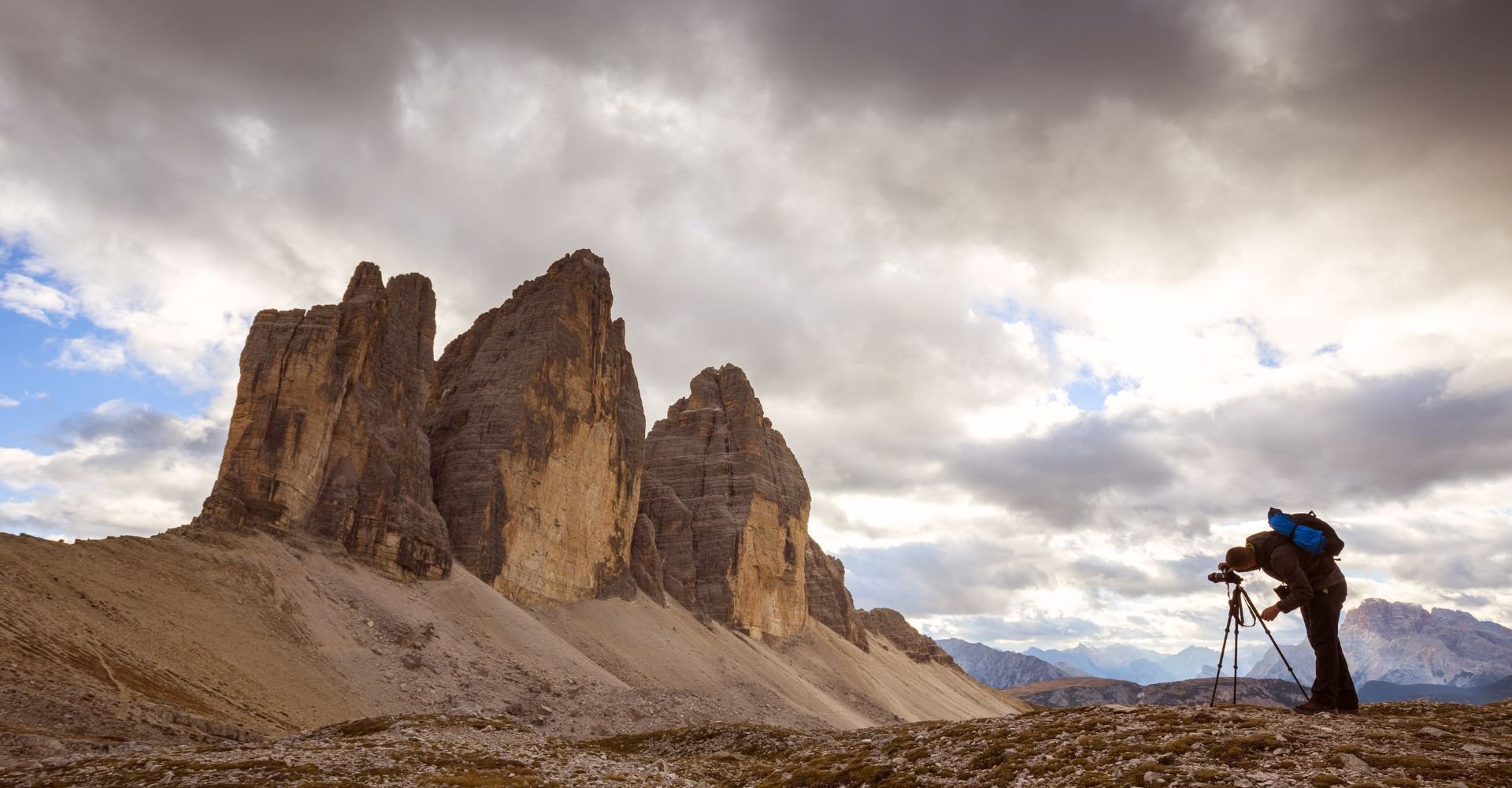Is Cloudy Weather Good for Photography?
Does a blanket of gray skies spell doom for outdoor landscape photographers, or does it hold hidden potential? The answer, like many things in photography, is: it depends! Cloudy weather presents both challenges and opportunities, and understanding them can help you decide if it's a friend or foe for your next shoot.
Cloudy with a Chance of Stunning Shots: Is Cloudy Weather Good for Photography?
Unfortunately we can’t control the weather and there's really no single "best" weather for photography anyway. You’ll need to learn about and embrace the diverse conditions weather presents you with and then use them to your creative advantage. Overcast or cloudy days can be great for landscape photography as it acts like a natural softbox and helps to eliminate harsh lighting.
Cloudy skies can work well for moody landscapes, waterfalls and capturing long exposures. However, for vibrant colors and dramatic sunrises/sunsets, sunshine reigns supreme. Here are some things to think about when it comes to cloudy, overcast photo days.
The Downside of Clouds:
Lack of Contrast: Flat, even light can make images appear dull and lacking depth.
Lower Light: Reduced sunlight means higher ISOs or slower shutter speeds, potentially increasing noise and blur.
Color Shift: Depending on the cloud cover, your photos might have a cool or blueish cast.
The Upside of Clouds:
Soft, Diffused Light: Even light eliminates harsh shadows, flattering portraits and highlighting textures beautifully.
Dramatic Skies: Stormy clouds can add drama and emotion to landscapes, especially with long exposure techniques.
Flexibility with Timing: You're not restricted to the "golden hours" for good light, allowing for more scheduling freedom.
Cloudy days offer opportunities to experiment, challenge yourself and capture images with a different mood and feel. Try to use the even light to your advantage, and experiment with different angles and compositions. Look for colorful elements in the scene to add vibrancy and experiment with long exposures where you can capture silky water effects, motion blur, or light trails with those slower shutter speeds. Plus you can always edit the shot, adjusting the white balance to add contrast and compensate for the cooler tones.
Weathering the Storm: Capturing Photos in Rain, Snow and Harsh Weather
Mother Nature is known to throw punches, yet, some of the most captivating landscapes, wildlife moments, and urban scenes unfold under umbrellas, thick coats, and gritted teeth, amidst rain, snow and harsh weather. While fair-weather photography reigns supreme in tutorials and workshops, and can make your life easier, venturing out when the elements turn feisty can yield extraordinary results. Ready to embrace the challenge? Let’s explore the art of capturing stunning images in less-than-ideal weather conditions.
Rain: Dancing droplets add dynamism to cityscapes, create moody reflections on puddles, and transform waterfalls into roaring cascades. Use a fast shutter speed to freeze raindrops or a slow shutter speed for silky, ethereal effects. Be sure to invest in a rain cover for your camera and lens.
Snow: A blanket of white creates a serene, minimalist canvas, highlighting textures and shapes. Capture snowflakes falling with a flash and a slow shutter speed. Remember, batteries drain faster in cold weather, so pack spares.
Wind: Blurry leaves and swaying branches can add movement and drama to landscape shots. Use a fast shutter speed and experiment with long exposures for creative blur effects.
As with any trip, planning ahead is key. Research weather patterns and forecasts to anticipate opportunities like fleeting sun breaks or dramatic storm clouds. Know your location well, especially if you’re venturing into remote areas prone to unpredictable weather. Pack accordingly, including essentials like water, snacks, sunscreen, insect repellent and emergency supplies. Never compromise your safety for a shot. If conditions become dangerous, don't hesitate to retreat.
In addition to dressing in layers and protecting yourself from the elements, you’ll need to safeguard your equipment as well. A weather-sealed camera will offer peace of mind, but a raincover will also do the trick and protect your camera from rain or snow. Dust, sand and moisture can wreak havoc quickly, so be sure to bring a cleaning kit. Cold weather drains batteries faster, so bring backups when you’re packing your camera bag.
The next time the weather forecast throws a curveball, don't cower indoors. Grab your camera, embrace the elements, and use the mood and atmosphere created by the weather to tell a story in your images. Want a little insider info to help your next trip go smoothly? Our guidebooks offer invaluable resources, including photography tips, ideal times and spots, as well as location-specific insights, all aimed at ensuring you make the most of your trip.

